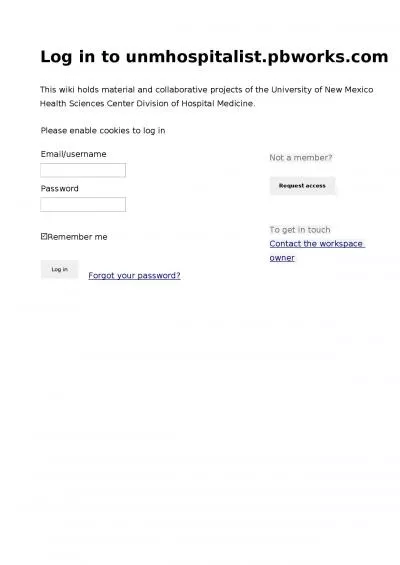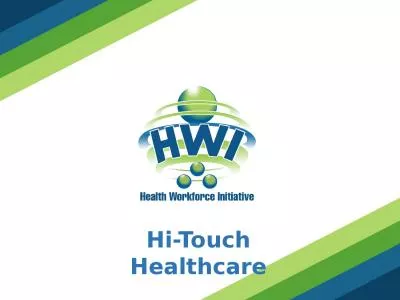PPT-Why Humidify in Healthcare?
Author : cheryl-pisano | Published Date : 2018-10-13
Pasquale Demitrio Healthcare and Life Sciences What are the reasons we humidify in Healthcare B C D A What studies do we have Anything new Dry building syndrome
Presentation Embed Code
Download Presentation
Download Presentation The PPT/PDF document "Why Humidify in Healthcare?" is the property of its rightful owner. Permission is granted to download and print the materials on this website for personal, non-commercial use only, and to display it on your personal computer provided you do not modify the materials and that you retain all copyright notices contained in the materials. By downloading content from our website, you accept the terms of this agreement.
Why Humidify in Healthcare?: Transcript
Download Rules Of Document
"Why Humidify in Healthcare?"The content belongs to its owner. You may download and print it for personal use, without modification, and keep all copyright notices. By downloading, you agree to these terms.
Related Documents


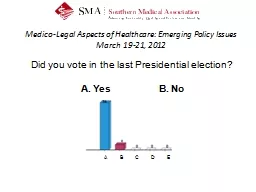


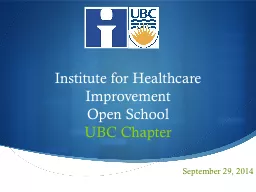
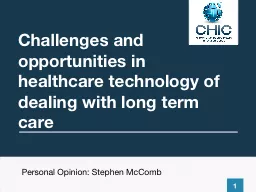

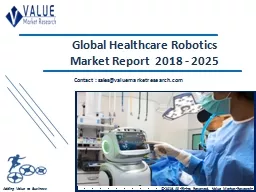

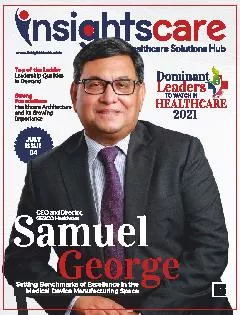
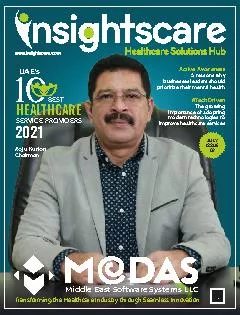
![[BOOK]-Status: Why Is It Everywhere? Why Does It Matter?: Why Is It Everywhere? Why Does](https://thumbs.docslides.com/956296/book-status-why-is-it-everywhere-why-does-it-matter-why-is-it-everywhere-why-does-it-matter.jpg)
